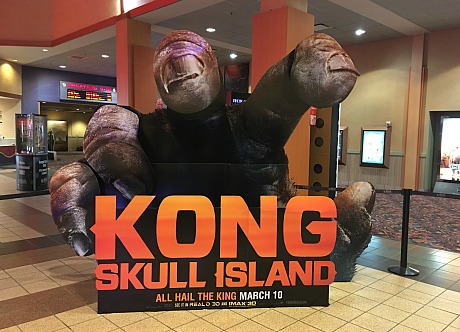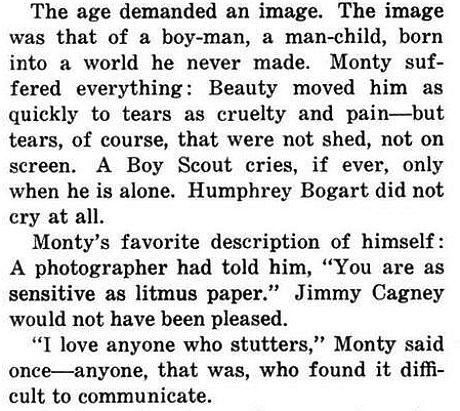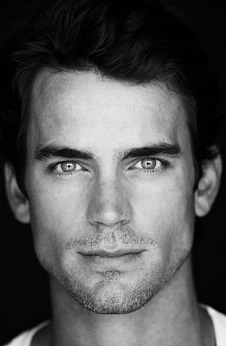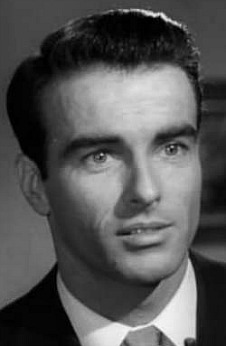Last night I finally saw James Mangold‘s Logan, having missed the all-media two weeks ago. A T2-like road movie that finally concludes the Wolverine saga, it’s Mangold’s most assured ilm since Walk The Line. It’s intelligently composed, engaging and even incisive from time to time. There’s never any question about Logan being a cut above — smart, well-produced and grade-A as far as the genre allows.
And no element lit me up more than little Dafne Keen, whose instantly riveting performance as a junior-sized mutant is one for the ages. She has great eyes and a haunting stillwater vibe. In less than five minutes I knew for sure that Keen is the new Natalie Portman. (Born in ’05, she was 11 when Logan was shot last year — Portman, born in ’81, was 12 or 13 when she made her screen debut in Leon the Professional.)
I fell in love with Keen, wanted her protected and safe, and was seriously pissed at Hugh Jackman for taking so long to wake up to the bond between them. A natural talent, Keen will probably win an Oscar for something or other within 10 or 15 years, mark my words.
But Logan wore me down with its relentless brutality. I was engaged as far as it went for, oh, 90 or 100 minutes but then I quit. I was the angriest guy in theatre #12, not to mention the oldest. I was muttering “Goddammit, Mangold…what the fuck.”
I loved Patrick Stewart‘s final Charles Xavier performance (he has two great scenes), and I felt seriously touched by Stephen Merchant‘s carefully modulated performance as the albino Caliban. And I loved the bit about an X-Men comic book foretelling what’s happening in real time (or what has always happened or will happen in a continuous real-time stream) — I wish the script had made more of this.
I don’t know what there is to say or feel about Jackman at this stage. I began tiring of his gruff, scowling “fuck off, leave me alone!” routine a couple of Wolverine movies ago, and there’s no question that Logan’s refusal to engage or accept what’s obviously happening (plot-wise, Laura-wise) goes on for too long.
But I disengaged when Jackman’s younger twin (X24) showed up and the Godforsaken poundings, gougings and kickings just wouldn’t stop. I actually said out loud “oh, come on, man…Jesus.”
















